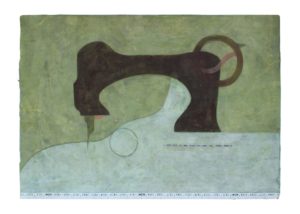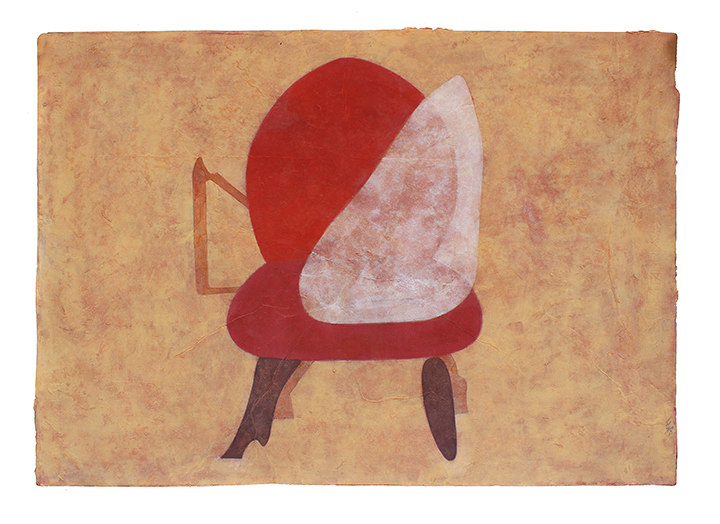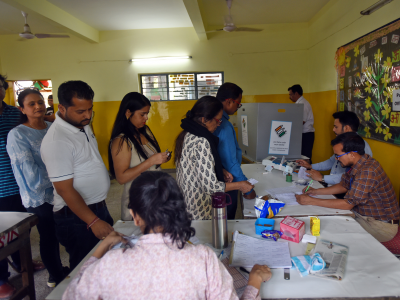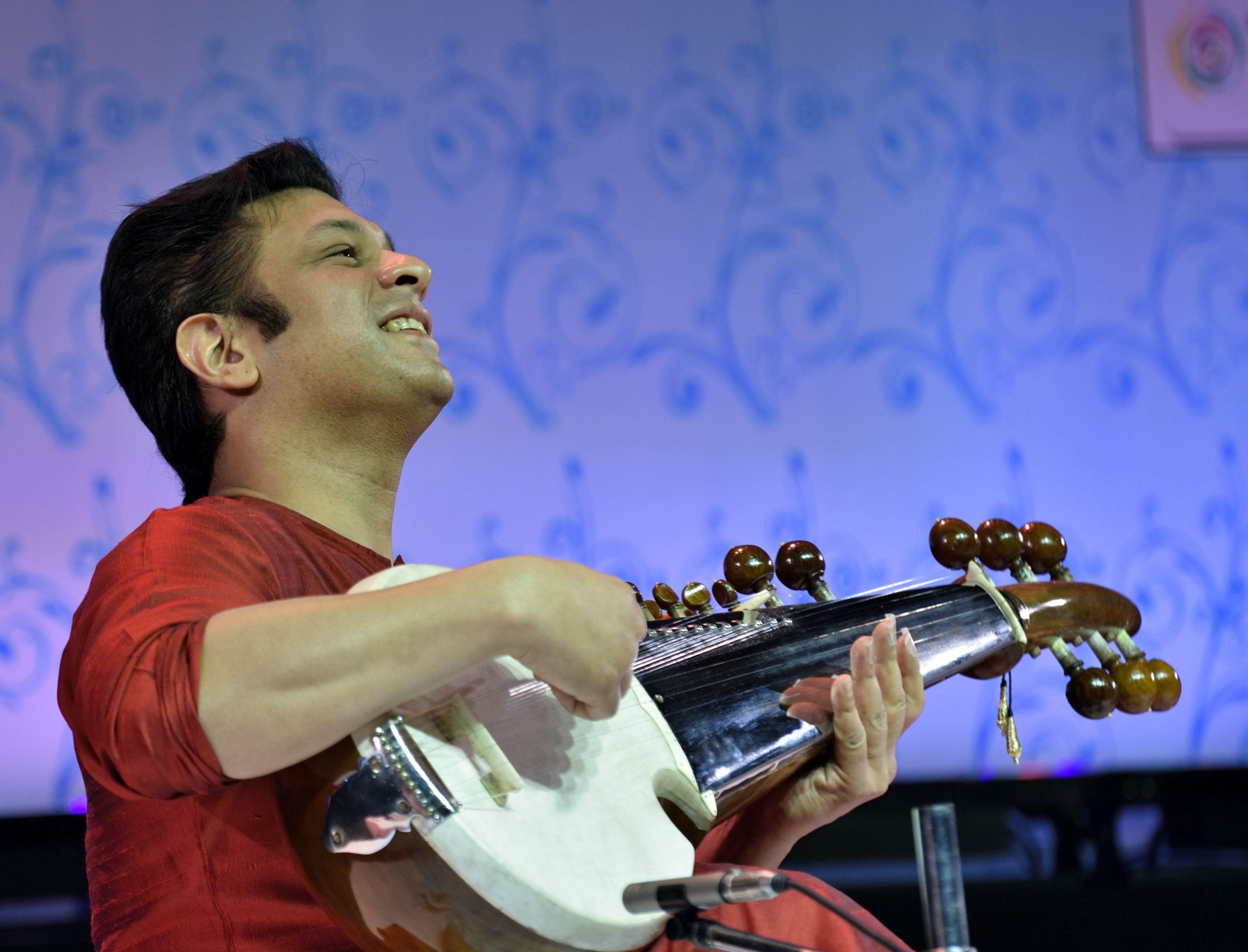Turning the lockdown into an opportunity, Tanmoy Samanta gave new life to everyday objects through his art
Chair, comb, telephone, sewing machine – the most mundane domestic things lying around in the house, aren’t just so ordinary for artist Tanmoy Samanta. During the pandemic, staying at home, these regular objects are not restricted to being mere objects but get a new life of their own through the canvas of Samanta.
Aptly titled, “The Afterlife of Objects”, Gallery Espace is showcasing the solo presentation of recent works by Samanta. The exhibition is part of The Art Platform India, an online collective that has brought together works of several noted galleries, all under one platform.
“My paintings are rooted in the simple grammar of visual language – line, colour, form and composition, where there is a dense interplay of positive and negative spaces. Objects are painted from my surroundings but they have their own social life,” explains Samanta.
This can be seen in his works, a blue comb that seems to be leaking, a telephone with a fish trap on top, a red plush chair with a huge tongue on it.

“Portraits and animals do not come with a piece of information but become an object of inquiry. The background belongs to the mysterious world of memory. In my work, the contours that define form are always shifting. The containers and cabinets in the frame become repositories of secrets and whisper a moment of history. And then I vacate the history by removing the obvious references and the image becomes an intriguing motif that floats in fluid statelessness,” he adds.
He was trained in art at the famed Kala Bhawan in Santiniketan, the art school set up in the early 20th century by Rabindranath Tagore to offer an alternative pedagogy steeped in nature, which later became synonymous with the ‘Bengal School’ of art. The influence is visible in his choice of medium – gouache, tempera on paper – and in the distilled aesthetic of his works, the firm delicacy of his lines, the simplicity of his forms, which often depict everyday objects about the house, and the subtlety, yet preciseness with which he imbues them with the diffuse aura of unfamiliarity, of surreality – so often the point of his works.
“With close attention, one discovers subtle twists, which aim to shake the ground of any visual security. I use tempera and opaque watercolours as my main medium, however, I have evolved the medium instinctively, hoping to tap into its potential to render visual poetry,” says Samanta.
The exhibition is on display until the end of October on the website of The Art Platform





